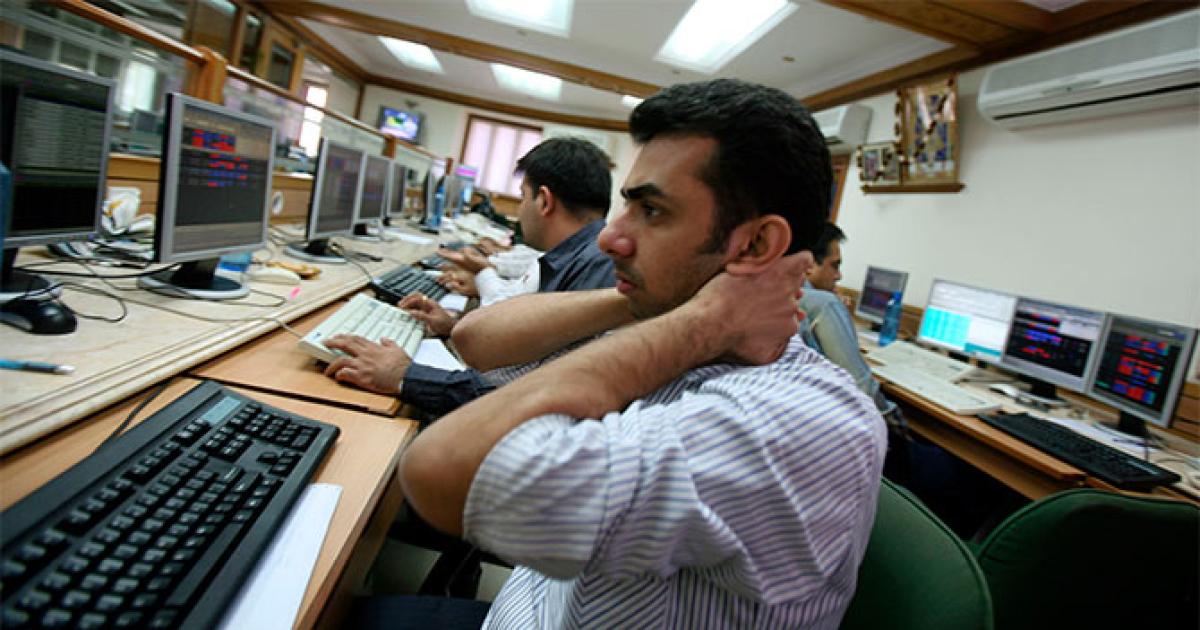‘Repeated adjournments are one of the largest contributors to lengthy litigation cycles.’

Kindly note this illustration generated using Microsoft Copilot is only posted for representational purposes.
When the Karnataka high court disposed of a tax case against Texas Instruments in 2020 the ruling could not have come a day sooner for the American chipmaker.
It took the court no fewer than 3,403 days to pass its ruling.
That the resolution of the case — the ruling went in favour of the multinational — took nearly 10 years is not unusual in India.
There were 14,858 cases that took 10 to 15 years to resolve across high courts, shows a Business Standard analysis of a database of over 320,000 tax disputes filed between 2000 and 2021 across 23 out of 25 high courts compiled by legal thinktank DAKSH.
Another 1,890 took more than 15 years for disposal.
A combination of overburdened courts, misaligned incentives for department behaviour including aggressive revenue targets, and a tendency to treat all cases alike — without prioritising important ones — has resulted in unending timelines, according to experts who say speeding up this process may take some doing.
“Faster disposal would require measures such as more frequent scheduling (of hearings), limiting adjournments, fixing a timeline for each stage of the case, limiting oral arguments, seeking cooperation from both sides,” said Smita Mutt, strategic initiatives lead at DAKSH.
Some disputes run longer than others. The largest category for cases that drag on for at least a decade — such as the one involving Texas Instruments cited above — involve income tax disputes.
This is followed by disputes over sales tax, trade tax and excise duty.
“Income tax matters that reach the high courts are often more complex and naturally take longer to resolve,” said Manoj Mishra, partner and tax controversy management leader at Grant Thornton Bharat.
“However, in the absence of a goods and services tax appellate tribunal (GSTAT), many indirect tax disputes also landed before high courts. As a result, the tax benches were occupied with both direct and indirect tax matters, which further slowed the progress of income tax cases. With the GSTAT expected to commence hearings soon, this should ease the load on high courts and improve pendency and disposal rates overall,” added Mishra.
The GSTAT is an appellate body for GST matters which is expected to have a phased rollout from October.
Legacy indirect tax cases including sales and excise matters have continued even after the 2017 introduction of the goods and services tax (GST) which largely replaced indirect levies.
Many other taxes that have been abolished also continued to live on in courts.
For example, the wealth tax was abolished in 2016-17, but cases were being disposed of as recently as 2022.
Disputes on estate duty continued to use up court time in 2018 – more than 30 years after its abolition in 1985.
There has been an increase in the median case disposal time across categories.
From 2009 to 2019 — the last year before the pandemic-induced disruption — the median time for disposal was up over 90 per cent for income tax cases, and a massive 200-400 per cent for sales and trade tax, and excise duty cases.
This could reflect the rising complexity of tax matters between 2009 and 2019, noted Grant Thornton Bharat’s Mishra, citing “retrospective amendments, transfer pricing disputes and challenges to procedural validity which required deeper judicial scrutiny and, in many cases, Constitution Bench references”.
Legacy tax disputes predating the GST regime that was introduced in 2017 have added to the complexity despite the government raising the monetary thresholds for tax cases, and stretched resolution timelines at the high courts and the Supreme Court, he said, The government has raised the threshold for filing appeals from Rs 50 lakh to Rs 60 lakh for the Income Tax Appellate Tribunal, from Rs 1 crore to Rs 2 crore for high courts and from Rs 2 crore to 5 crore the Supreme Court, in a bid to cut litigation.
“The approach in disposal of cases by bunching (a) number of cases on a similar dispute appears to be attractive but invariably it leads to delay in adjudication due to unavailability of multiple advocates or variance in minor facts. Instead, a lead matter may be decided first and others be allowed to seek listing of their matters if they find it covered by the ratio of the lead matter,” said Prasad Paranjape, Partner, Lumiere Law.
“Today, repeated adjournments are one of the largest contributors to lengthy litigation cycles. If combined with mandatory e-filing, case tracking dashboards, and time-bound disposal norms, pendency at high courts could be brought down materially without compromising fairness,” Mishra said.


Feature Presentation: Aslam Hunani/Rediff




